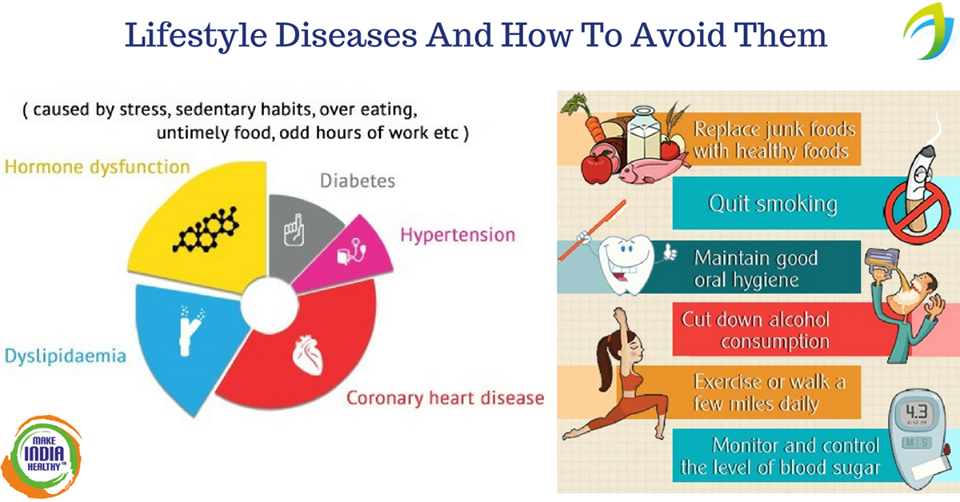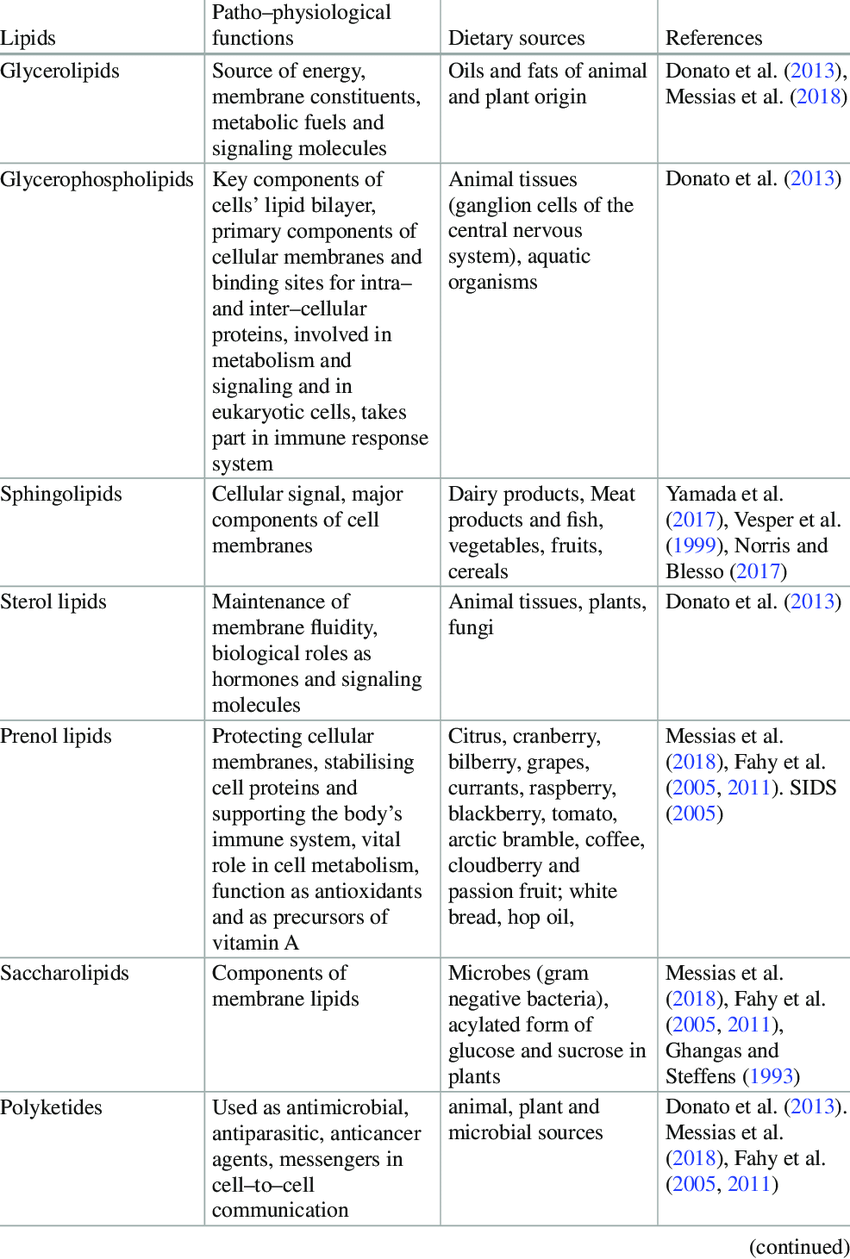
The DASH diet is a popular choice among people who want to lose weight, but don't know where to begin. This diet includes eating healthy meals throughout each day. This plan encourages you to swap refined grains for whole grain and lean protein sources. It is important to avoid excessive sugar and saturated fats. In addition, you should drink plenty of water and choose low-calorie drinks.
The DASH diet focuses on reducing blood pressure through a variety of different factors. A DASH-style diet can help reduce your chances of developing diabetes or kidney disease. A study by the Atherosclerosis Risk in Communities cohort revealed that nuts, beans and low-fat milk products were the most protective components of the DASH lifestyle. Red meat and high-fat dairy products significantly increase your chances of getting these diseases.

Despite the low-sodium DASH Diet, it is important not to smoke. Smoking increases your risk of developing heart disease. You should also avoid smoking in your workplace. The DASH diet recommends that you avoid sugar-sweetened beverages. Instead, choose water, tea, milk, and coffee. You should make small changes gradually so you can ensure you are following the DASH diet guidelines. To determine if your health is suitable for the DASH diet, you may consult your doctor.
Hypertension sufferers will find the DASH diet beneficial. This diet's low-sodium intake and high fiber content can help lower blood sugar. These foods can be used to treat hypertension and prevent it from happening. Anyone can follow the DASH diet in order to lead a healthy lifestyle. The DASH diet is an excellent option if you want to lose weight or increase your energy. The DASH diet can be restrictive but it is very easy to follow.
For those suffering from metabolic syndrome, the DASH Diet is recommended. People with high blood pressure can benefit from it. This diet can also improve blood circulation, thereby reducing the risk of cardiovascular disease. People with kidney disease may find the DASH diet beneficial. The DASH Diet reduces both diastolic and systolic blood pressures. People with high blood pressure are especially able to benefit from the DASH diet, which lowers the risk for stroke and heart attack.

The DASH diet decreases blood pressure by 4mmHg in both systolic (and diastolic) and minimally for those with normal blood pressure. However, this change in blood pressure does not necessarily translate into a lower risk of heart disease. The DASH diet is recommended for those with high blood pressure who are sensitive to salt and want to improve their insulin sensitivity. High cholesterol people are at greater risk of developing diabetes.
FAQ
What is the problem of BMI?
BMI stands to Body Mass Index. It is a measurement of body weight based on height. The following formula is used to calculate BMI:
Weight in kilograms divided by height in meters squared.
The result is expressed in a number between 0 - 25. A score of 18.5+ indicates that you are overweight. A score higher than 23 indicates that you are obese.
A person who weighs 100 kilograms and is 1.75m tall will have an BMI of 22.
How do you measure body fat?
A Body Fat Analyzer (BFA) is the best method to measure bodyfat. These devices are used for measuring the percentage of body fat in people who want to lose weight.
What is the healthiest lifestyle to life?
Living a healthy lifestyle is one that encourages you to eat well, exercise regularly, get enough sleep, and avoids stress. These guidelines will help you live a long, healthy life.
You can start by making small changes in your diet and exercise routine. You can lose weight by walking 30 minutes each day if you are looking to lose weight. If you're looking for a way to increase your activity, consider taking up swimming or dancing. A Fitbit or Strava online program that tracks your activity can be joined.
How often do I need to exercise?
For a healthy lifestyle, exercise is vital. There is no set time limit for exercising. It is important to find something that you enjoy and stay with it.
If you work out three times a week, then aim to complete 20-30 minutes of moderate intensity physical activity. Moderate intensity means you'll still be breathing hard after you've finished. This type is good for burning around 300 calories.
You can walk for 10 minutes every day if that is what you prefer. Walking is low impact and easy on your joints.
You can also run for 15 minutes, three times per week. Running is an excellent way to lose weight and tone your muscles.
You should start slowly if it's your first time exercising. Begin by only doing 5 minutes of cardio five times per week. Gradually increase your cardio time until you reach the goal.
Exercise: Good and bad for immunity?
Exercise is good exercise for your immune system. When you exercise, your body produces white blood cells which fight off infections. You can also eliminate toxins from the body. Exercise can help prevent heart disease and cancer. Exercise can help reduce stress.
But, too much exercise can lead to a weakening of your immune system. Your muscles can become sore if you exercise too much. This can cause inflammation and swelling. To fight infection, your body will produce more antibodies. The problem is that these extra antibodies can cause allergies and autoimmune disorders.
So, don't overdo it!
What's the difference between a calorie and kilocalorie?
Calories refer to units that are used for measuring the energy in food. Calories are the unit of measurement. One calorie is equal to one degree Celsius in energy.
Kilocalories are another way to describe calories. Kilocalories measure in thousandths a calorie. 1000 calories equals 1 kilocalorie.
Statistics
- WHO recommends consuming less than 5% of total energy intake for additional health benefits. (who.int)
- The Dietary Guidelines for Americans recommend keeping added sugar intake below 10% of your daily calorie intake, while the World Health Organization recommends slashing added sugars to 5% or less of your daily calories for optimal health (59Trusted (healthline.com)
- Extra virgin olive oil may benefit heart health, as people who consume it have a lower risk for dying from heart attacks and strokes according to some evidence (57Trusted Source (healthline.com)
- nutrients.[17]X Research sourceWhole grains to try include: 100% whole wheat pasta and bread, brown rice, whole grain oats, farro, millet, quinoa, and barley. (wikihow.com)
External Links
How To
What does the "vitamins” word mean?
Vitamins are organic substances found naturally in food. Vitamins aid us in absorbing nutrients from the food we eat. Vitamins cannot be made by the body; they must be taken from food.
There are two types if vitamins: water soluble, and fat soluble. Water-soluble vitamins dissolve quickly in water. Examples include vitamin C,B1 (thiamine), B2 (riboflavin), B3 (niacin), B6 (pyridoxine), folic acid, biotin, pantothenic acid, and choline. Fat-soluble vitamins are stored in the liver, fatty tissue and kidneys. You can find vitamin D, E K, A, beta carotene, and other fat-soluble vitamins.
Vitamins can be classified by their biological activity. There are eight main groups of vitamins.
-
A - Vital for normal growth and maintaining good health.
-
C is important for nerve function and energy production.
-
D - necessary for healthy bones and teeth.
-
E - needed for good vision and reproduction.
-
K - Essential for healthy muscles and nerves.
-
P - Essential for strong bones and teeth.
-
Q - Aids in digestion and absorption.
-
R - necessary for making red blood cells.
The recommended daily intake (RDA), of vitamins varies with age, gender and physical condition. The U.S. Food and Drug Administration sets RDA values.
For example, the RDA for vitamin A is 400 micrograms per dayfor adults 19 years or older. Pregnant women require 600 micrograms daily to support fetal development. Children ages 1-8 require 900 micrograms per day. Infants below one year old require 700mg per day. But, between 9 months to 12 months, the amount drops to 500mg per day.
Children aged between 1-18 years require 800 micrograms of sugar per day, while overweight children need 1000 micrograms. Children who are underweight receive 1200 micrograms every day to meet their nutritional requirements.
Children aged 4-8 years old who have been diagnosed as having anemia require 2200 micrograms of vitamin C per day.
2000 micrograms per person is necessary for general health. Because of their higher nutrient needs, women who are pregnant or nursing need 3000 mg per day.
Adults over 70 need 1500 micrograms daily, as they lose 10% of their muscle every ten years.
Women who are pregnant, nursing or breastfeeding need more than the RDA. Pregnant women require 4000 micrograms daily during pregnancy, and 2500 micrograms every day after birth. Breastfeeding mothers need 5000 micrograms per day when breast milk is being produced.